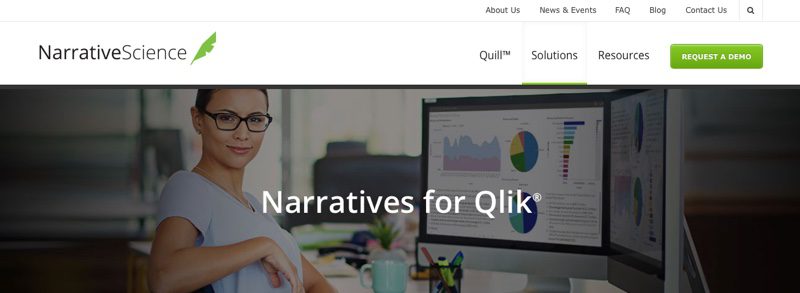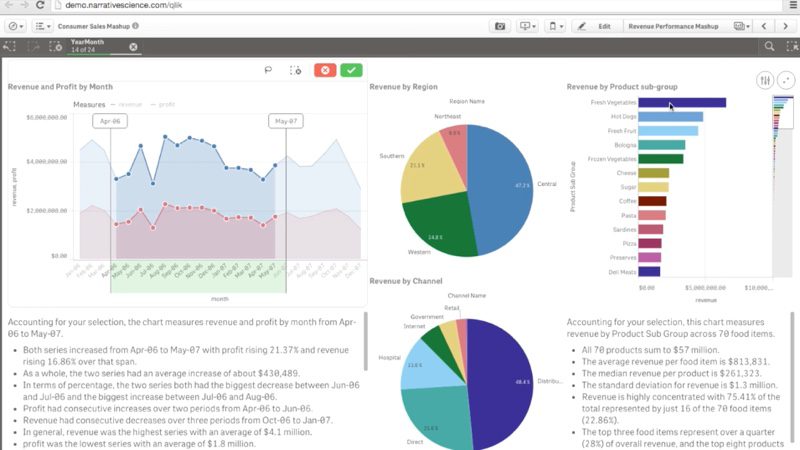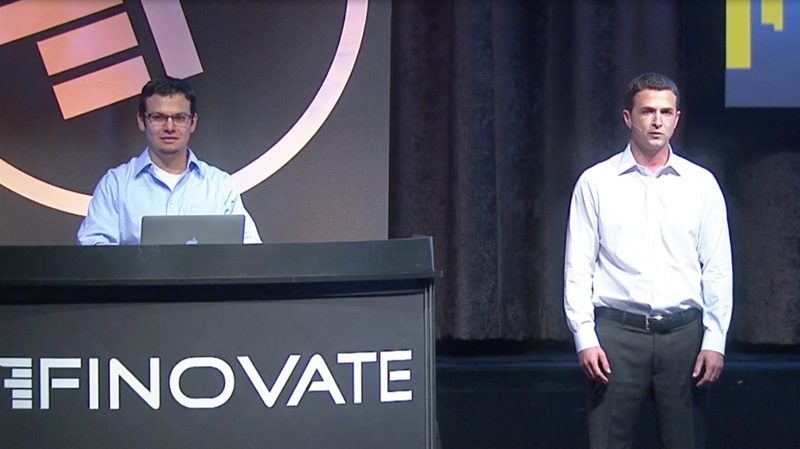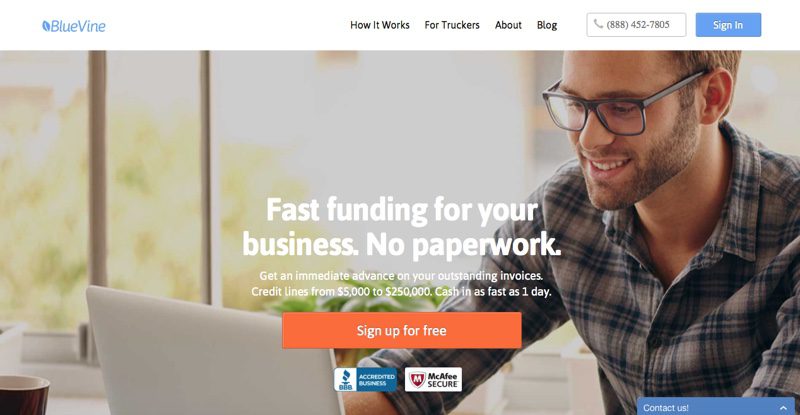French PFM innovator Linxo (a FinovateEurope 2011 alum) has raised €2 million in funding from new investor Crédit Agricole, and existing investor Crédit Mutuel Arkéa. Having raised €500,000 in 2013, the company’s total capital now stands at more than $2.6 million.
The investment will help strenghten Linxo’s position in France, as well as fund the company’s expansion into other European markets. Linxo also plans to add talent to both its technical and communications teams.
From left: Co-founders Hugues Pisapia, managing director, and CEO Bruno Van Haetsdaele demonstrated the Linxo platform at FinovateEurope 2011.
Bruno Van Haetsdaele and Hugues Pisapia, Linxo co-founders, said the investment was a show of confidence in their platform. “These investors confirm our development while leaving us the independence and autonomy to continue to grow rapidly,” said Van Haetsdaele. The pair says the trust of leading banking players showed a strong signal of confidence in the security of Linxo’s solution and the sustainability of their business model.
Linxo specializes in personal finance management and savings-optimization solutions for consumers. It’s the first account-aggregation service supported by French FIs. More than simply aggregating accounts, Linxo has opened up its platform to application developers looking to build features such as partner dashboards, rewards and offers programs, and more.
Linxo demonstrated its platform at FinovateEurope 2011 in London. Founded in 2010 and headquartered in Aix-en-Provence, France, Linxo employs seven and says its platform has been used by more than 850,000 businesses and individuals.
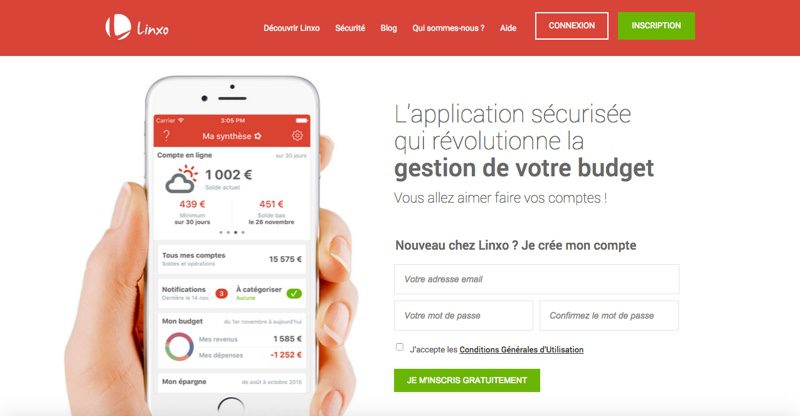


 Bernard Del Rey, CEO
Bernard Del Rey, CEO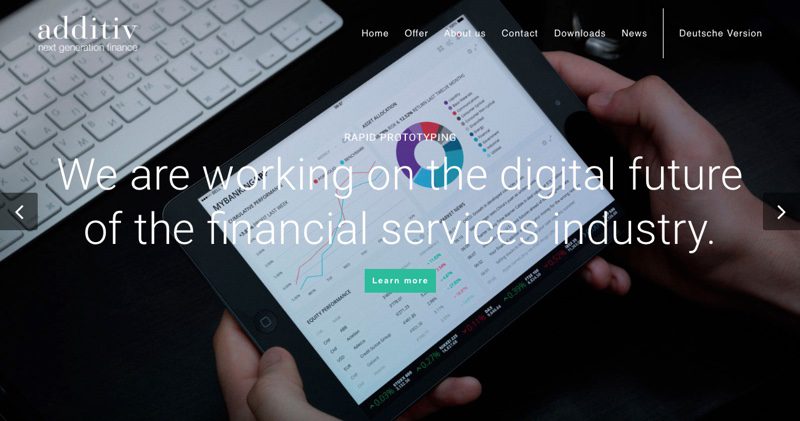
 Michael Stemmle, Owner and CEO
Michael Stemmle, Owner and CEO Adriano B. Lucatelli, Entrepreneur, Founder of Descartes AG
Adriano B. Lucatelli, Entrepreneur, Founder of Descartes AG
 Diederick van Thiel, CEO
Diederick van Thiel, CEO Rosali Steenkamer, CCO
Rosali Steenkamer, CCO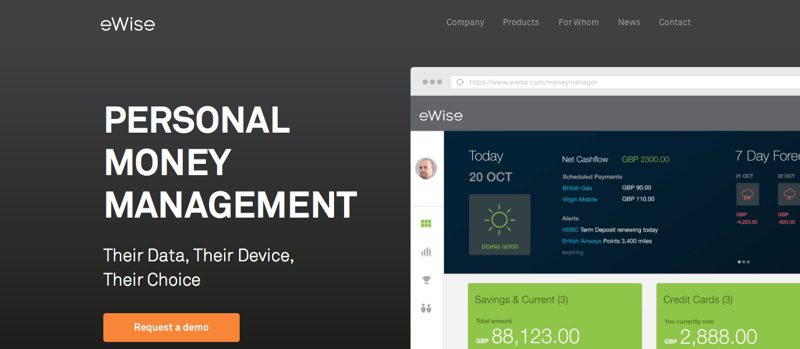
 Alex Grinberg, Head of Business Development and Founder
Alex Grinberg, Head of Business Development and Founder Dean Young, Head of Product Management
Dean Young, Head of Product Management
 Lukasz Olek, Chief Product Officer and Founder
Lukasz Olek, Chief Product Officer and Founder Michal Czekalski, CEO and Founder
Michal Czekalski, CEO and Founder Matthew Harris, International Business Developments and Partnerships
Matthew Harris, International Business Developments and Partnerships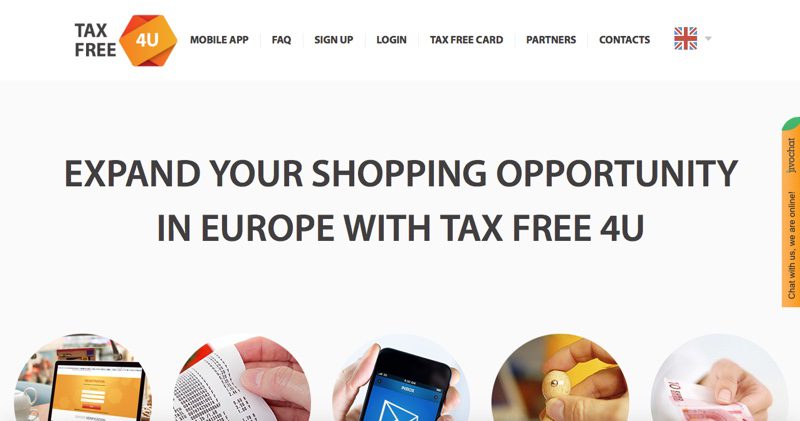
 Andrii Lebedynets, Co-Founder
Andrii Lebedynets, Co-Founder
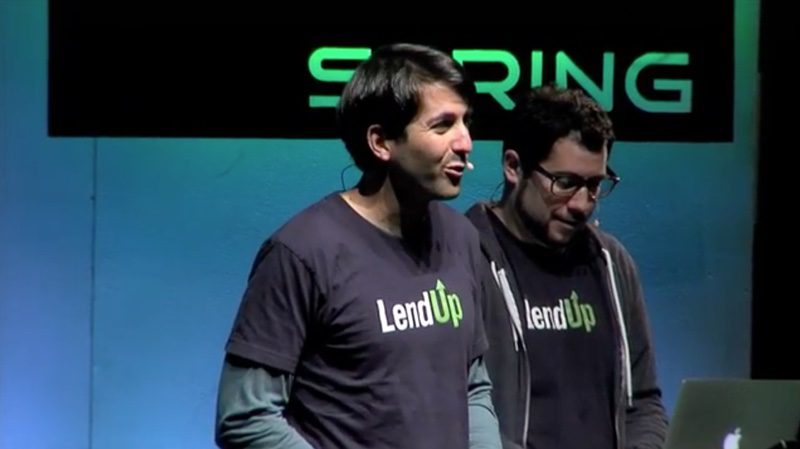

 Germany
Germany Ireland
Ireland The Netherlands
The Netherlands
 United Kingdom
United Kingdom